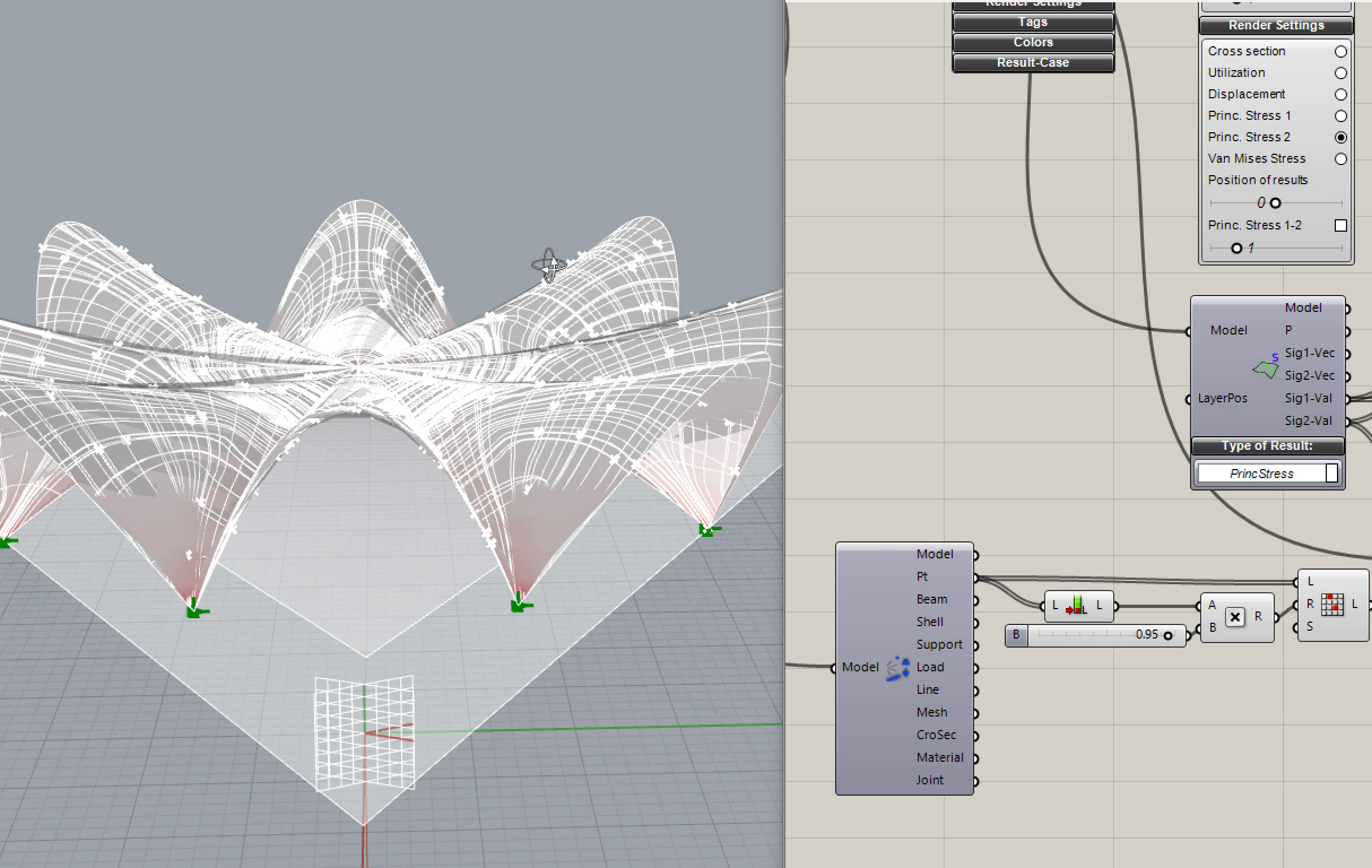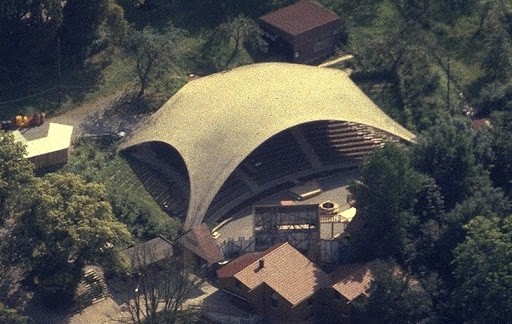Why take this course
In this course, Judyta Cichocka teaches you more advanced uses of Karamba 3D, a parametric engineering plugin for Grasshopper. In this course, you will explore strategies for the design, form-finding, and optimization of concrete structures.
The course is intended for architects and engineers interested in structural art, form-finding, and computational methodologies for the design of concrete structures. It’s recommended to have prior knowledge of Grasshopper and Karamba3d. However, it is possible to complete the course without them. This course will introduce students to the concept of structural art and the creativity of structural design.
After the course, students understand the concept of topology optimization and strategies for form-finding.
Learn why Karamba 3D is a powerful structural engineering plugin
Karamba3D is a Finite Element program like many others. However it has advantages over these in several important respects: It is easy to use for non-experts, has been tailored to the needs of architects and engineers in the early design phase. Karamba3D is fully embedded in the parametric environment of Grasshopper. This makes it easy to combine parameterized geometric models, finite element calculations, and optimization algorithms like Octopus or Galapagos.
Learn how to use evolutionary topology optimization of concrete structures
In the first lessons, you will work on an example project called the Mao Haus by AntiStatics Architecture. You will be designing and optimizing the shape of this free form facade using Karamba. Before jumping into the example project you will go over some simple cross-section optimization of timber and steel trusses.
Learn to generate funicular shapes using large deformation analysis
In the next lessons, you will be designing and optimizing funicular concrete shells. The Aichtal outdoor theater by Heinz Isler Architects will be used in this example. After a quick introduction, you will learn to analyze the force lines going through the concrete shell.

Learn to check using Finite Element Analysis that the structure is in compression only
After being more familiar with the design of concrete shells, you will learn how to analyze and optimize shells to be compression only. You will understand where the maximum principle dresses are located, bending moments, and normal forces.
Learn how to apply multi-objective optimization for fabrication and improve its overall performance
The last part will focus on how to use multi-objective optimization to create constructible concrete shells. Los Manantiales Restaurant by Felix Candela will be used in this example. You will learn how to create a hyperbolic paraboloid surface and how to set up an FE model in Karamba to do a structural analysis and optimize the result.

1.- Topology optimization in general
09min 03seg2.- Bi-directional topology optimization
23min 22seg3.- Geometry and structural model
14min 04seg4.- Analysis and stress lines
07min 02seg5.- BESO optimization
10min 03seg6.- Form-finding of concrete shells
06min 24seg7.- Geometry definition and form finding
10min 49seg8.- Geometry definition and form finding part 2
04min 07seg9.- Analysis - displacement and stress lines
07min 35seg10.- Principal stresses
08min 01seg11.- Variable thickness introduction
07min 54seg12.- The Xochimilco shell
08min 45seg13.- Hyperbolic paraboloida geometry
07min 57seg14.- Creating a hyper
07min 13seg15.- Assembling structural model
08min 02seg16.- Analysis: stresses, displacement and BF
18min 24seg17.- Multicriteria optimization with octopus
12min 14seg
